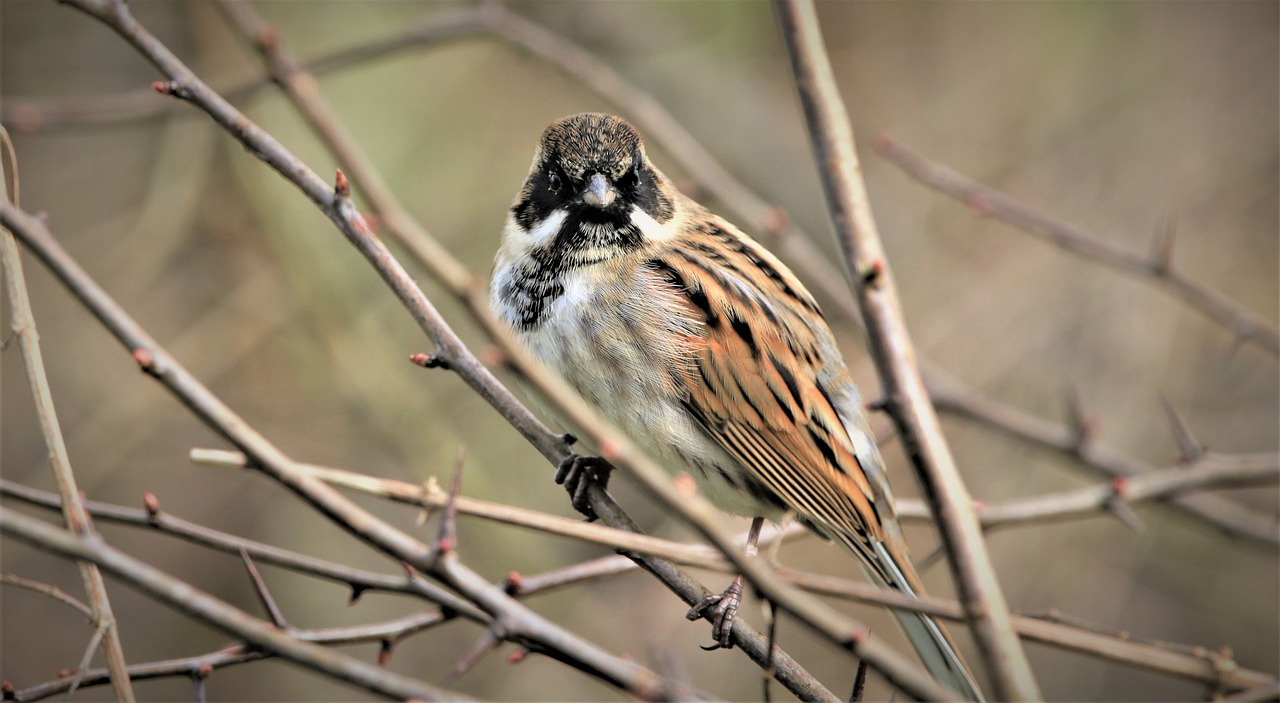Wing moult duration for the Reed Bunting Emberiza schoeniclus at Kvismaren, central Sweden, with regard to data representativeness and weather influence
DOI:
https://doi.org/10.34080/os.v10.22884Keywords:
climate effects, sexual dimorphism, bird ringing, bird banding, bird observatoryAbstract
I have analysed 1,777 moult records of the Reed Buntings Emberiza schoeniclus, collected at Kvismaren, central Sweden, in 1973–1995. When evaluating moult with regression techniques it is important that the data are representative primarily with respect to the start and the end of the moult period. Otherwise a too short period is obtained. The mean moult duration was estimated to be 63 days, starting on 10 July. The females started to moult 6 days later and finished moult 3 days later than the males. Weather conditions significantly affected the moult performance. The variation in mean annual onset of moult ranged from 3 to 17 July. The temperature in April, May and to some extent also in July had a significant influence on the onset. Warm versus cold summers introduced a variation of only about 3 days in the duration of the moult but under extreme conditions (snow in spring and warm summer versus warm spring and cold summer) the variation between years in the mean duration of the moult was as much as 10 days.
Downloads

Downloads
Published
How to Cite
Issue
Section
License
The copyright of each contribution belongs to the author(s), but all contributions are published under a Creative Commons license, so that anyone is free to share and reuse the contribution as long as the copyright holder is attributed.







